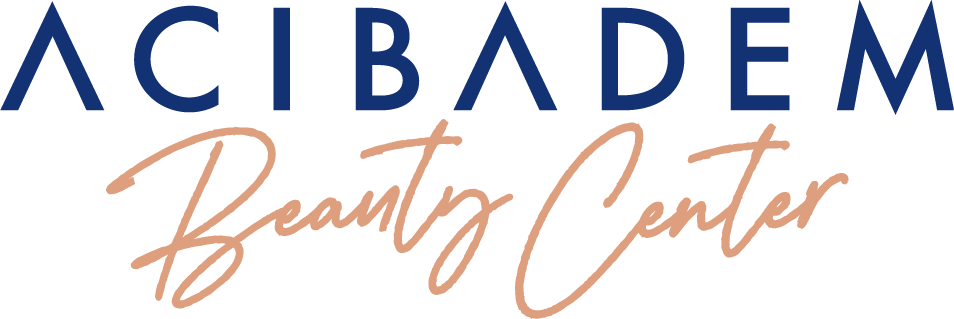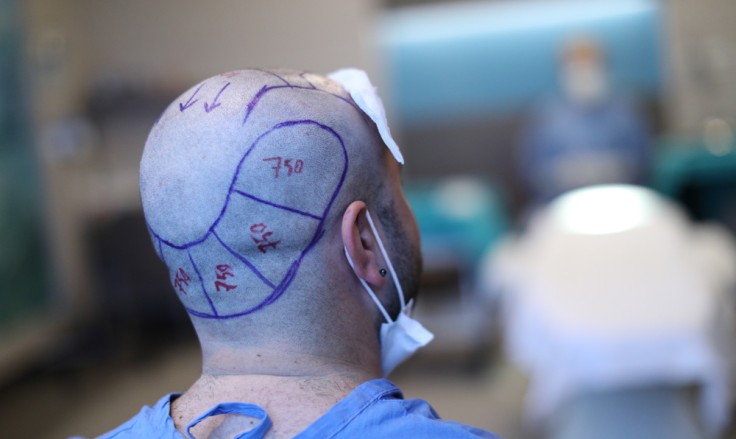The Role of 3D Imaging in Plastic Surgery
Introduction
Plastic surgery is evolving rapidly. One key innovation is 3D imaging in plastic surgery. Many patients are intrigued by its potential. In truth, 3D imaging offers a clearer view of outcomes. It enables surgeons to plan procedures with greater precision. Furthermore, it improves patient communication and satisfaction. This article explores how 3D imaging is used, its benefits, and its impact on modern plastic surgery.
Advancements in 3D Imaging Technology
- Recent years have seen tremendous advancements in imaging technology.
- For example, high-resolution cameras and specialised software are now standard.
- As a result, surgeons can capture detailed images of a patient’s face or body.
- In addition, these images are processed to create accurate 3D models.
- Moreover, 3D imaging provides a dynamic view that flat photos cannot match.
- Consequently, surgeons can simulate surgical outcomes in a realistic way.
Precision:
- 3D imaging allows for precise measurements.
- It helps in planning incision lines and implant placement.
Visualisation:
- Patients see a realistic preview of their potential results.
- This enhances understanding and reduces uncertainty.
Customisation:
- Surgeons can tailor procedures to individual anatomy.
- In effect, every treatment plan becomes more personalised.
Thus, these technological advances have changed how plastic surgery is planned and performed.
Enhancing Patient Communication
- Effective communication between patient and surgeon is essential. 3D imaging in plastic surgery plays a vital role here.
- For instance, the 3D model provides a clear picture of expected results. Consequently, patients can express their preferences more accurately.
- In turn, surgeons can make necessary adjustments before surgery.
- Additionally, visual aids improve trust and satisfaction.
- In other words, a well-informed patient is more likely to have realistic expectations. Therefore, using 3D imaging leads to better consultations and more confident decisions.
Benefits for Surgical Planning
- 3D imaging is a powerful tool for surgical planning.
- Initially, it allows surgeons to map out complex procedures.
- Moreover, it helps identify potential challenges. For example, detailed models reveal areas that require extra care.
- In addition, these models facilitate simulation of different techniques. Thus, surgeons can choose the most effective approach.
- Furthermore, 3D imaging minimises surprises during surgery. As a result, operation times may be reduced and outcomes improved.
- In short, this technology enhances overall surgical precision and efficiency.

Impact on Aesthetic Outcomes
- The final aesthetic outcome is paramount in plastic surgery. 3D imaging in plastic surgery significantly impacts results. One example is that it enables accurate contouring and symmetry.
- Additionally, the technology provides an objective analysis of facial features or body contours. Hence, surgeons can refine details to achieve a balanced look.
- Furthermore, patients who see their 3D simulations are more likely to be satisfied with the final results.
- In effect, 3D imaging helps ensure that both surgeon and patient are aligned in their goals.
Training and Skill Development
- Beyond patient care, 3D imaging benefits surgeon training.
- Notably, residents and new surgeons can study detailed models. They learn from real-case simulations and improve their techniques.
- Moreover, 3D imaging allows for continuous learning. In this way, medical professionals can update their skills. Consequently, the overall standard of care improves.
- Equally, the sharing of 3D images in educational settings promotes best practices.
- Therefore, this technology not only aids in surgery but also contributes to the growth of the profession.
Challenges and Considerations
- While 3D imaging offers many benefits, it is not without challenges.
- Firstly, the technology requires a significant investment. Advanced equipment and software come at a high cost.
- Secondly, there is a learning curve for both surgeons and staff. As a result, training is essential to use the systems effectively.
- Additionally, the quality of the images depends on the device used.
- Nonetheless, many clinics find that the benefits outweigh these challenges.
- In essence, ongoing improvements and cost reductions are making 3D imaging more accessible.
Future Trends in 3D Imaging
- The future of 3D imaging in plastic surgery is promising.
- For example, augmented reality (AR) and virtual reality (VR) are emerging as complementary tools.
- Consequently, these technologies will further enhance visualisation and planning.
- Moreover, integration with robotics may offer even greater precision.
- In other words, the convergence of these innovations could revolutionise surgical techniques.
- Additionally, improved software algorithms are expected to deliver even more realistic simulations.
- In summary, continuous advancements will expand the role of 3D imaging and further improve outcomes.
Conclusion
In summary, 3D imaging in plastic surgery is transforming the field. Initially, it provides precise, detailed models for better surgical planning. Equally, it enhances patient communication and sets realistic expectations. Furthermore, the technology improves aesthetic outcomes and supports surgeon training. Although challenges such as cost and the learning curve exist, ongoing advancements promise to overcome these barriers. Ultimately, the integration of 3D imaging leads to safer procedures and superior results.
For more information and to book a consultation visit the ACIBADEM Beauty Center website.





